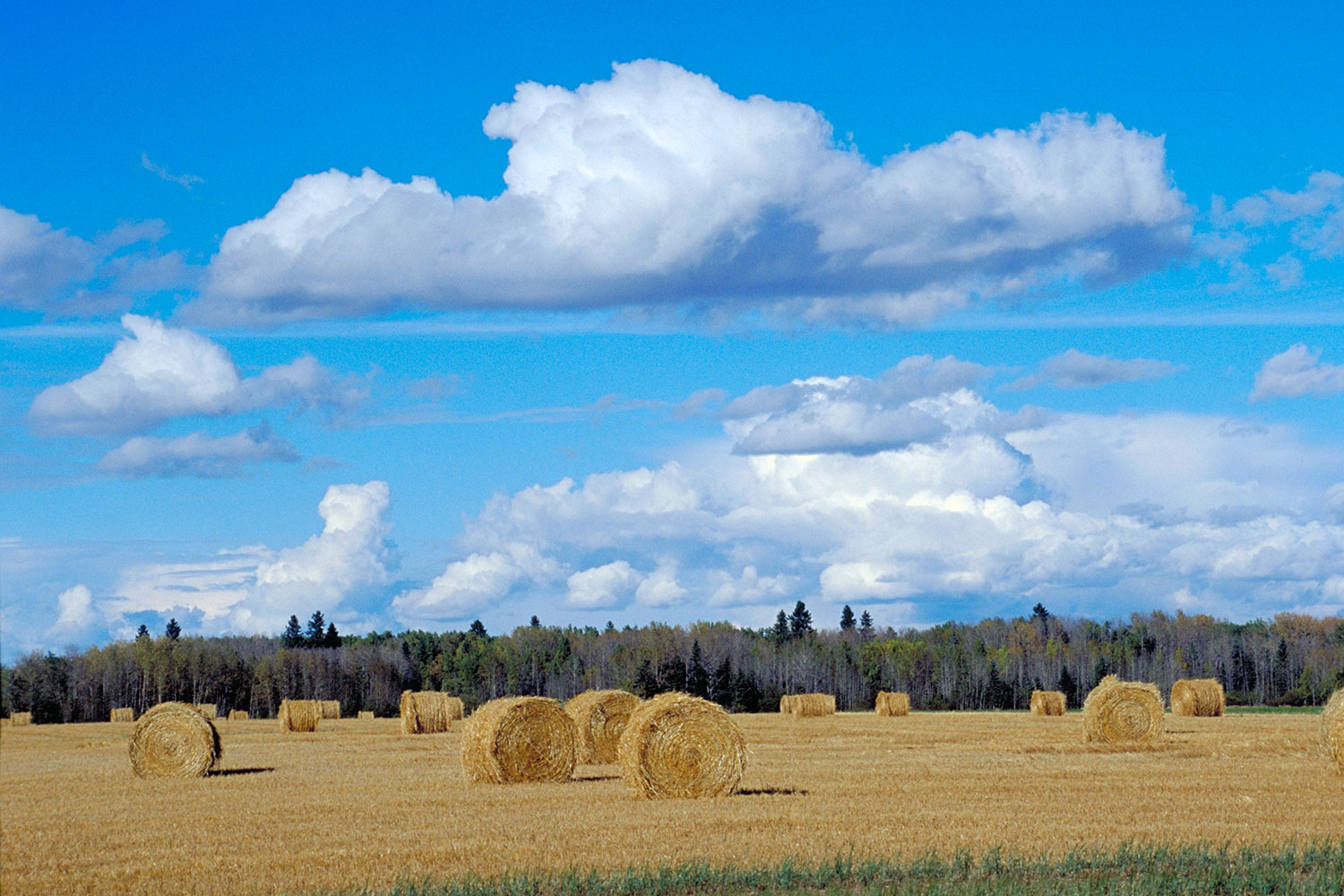
Abstract
Humans influence ecosystems on magnitudes that often exceed that of natural forces such as climate and geology; however, frameworks rarely include anthropogenic disturbance when delineating unique ecological regions. A critical step toward understanding, managing and monitoring human-altered ecosystems is to incorporate disturbance into ecological regionalizations. Furthermore, quantitative regionalization approaches are desirable to provide cost-effective, repeatable and statistically sound stratification for environmental monitoring. We applied a two-stage multivariate clustering technique to identify ‘EcoAnthromes’ across a large area – the province of Alberta, Canada – at 30 m spatial resolution, and using primarily remotely sensed inputs. The EcoAnthrome clusters represent regions with unique ecological characteristics based on a combination of natural ecological potential (e.g., climatic and edaphic factors) and disturbance, both natural and anthropogenic. Compared to existing expert-derived Natural Subregions in Alberta, the model-based EcoAnthromes showed greater class separation and explained more variance for an assortment of variables related to land cover, disturbance and species intactness. The EcoAnthromes successfully separated important ecological regions that are defined by complex assemblages of topography, climate and disturbance, such as gravel-bed river valleys, boreal forests, grasslands, post-fire recovery areas and highly disturbed agricultural, industrial and urban landscapes. In addition to presenting a flexible method for EcoAnthrome regionalization, we group and describe the EcoAnthromes created for Alberta and discuss how they can complement expert-derived regionalizations to aid in environmental management efforts, such as species recovery planning and monitoring for threatened species.
Citation
Kearney, S. P., Coops, N. C., Stenhouse, G. B., & Nelson, T. A. (2019). EcoAnthromes of Alberta: An example of disturbance-informed ecological regionalization using remote sensing. Journal of Environmental Management. 2019. 8: 234. 297-310. doi:10.1016/j.jenvman.2018.12.076






